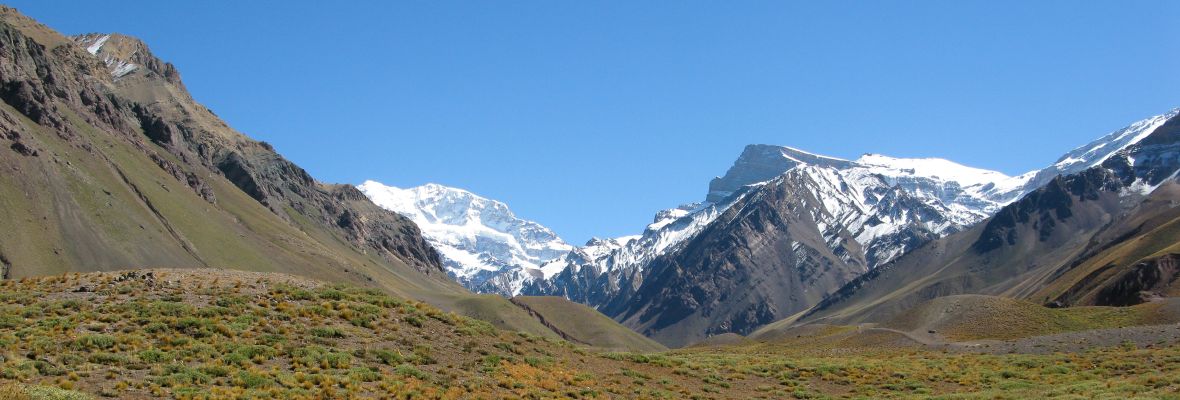We are thrilled to announce the official launch of our new website, Polar Latitudes Expeditions. Discover more in our latest news update, and visit our new website polar-latitudes.com.
Argentina’s vast size means it experiences a variety of climates, from the tropical north to the sub-polar south.
The country can be divided into four main climatic regions: the tropical and subtropical climates in the north, the temperate climate in the central Pampas region, the arid climate in the west, and the cold climate of Patagonia in the south.
In Buenos Aires, the summers are warm and humid, while winters are mild, with temperatures rarely dipping below 10°C.
Mendoza, in the west, has a semi-arid climate with hot summers and cool winters, making it ideal for wine production.
Patagonia, particularly around Ushuaia in the far south, experiences colder temperatures year-round, with snowy winters and cool summers. Despite its southern latitude, Ushuaia enjoys milder temperatures due to its proximity to the ocean.
| Location | Jan (°C) | Feb (°C) | Mar (°C) | Apr (°C) | May (°C) | Jun (°C) | Jul (°C) | Aug (°C) | Sep (°C) | OCt (°C) | Nov (°C) | Dec (°C) |
|---|---|---|---|---|---|---|---|---|---|---|---|---|
| Buenos Aires | 25 | 24 | 22 | 18 | 15 | 12 | 11 | 13 | 16 | 19 | 22 | 24 |
| Mendoza | 24 | 23 | 20 | 16 | 12 | 9 | 8 | 10 | 13 | 17 | 21 | 24 |
| Ushuaia | 10 | 9 | 7 | 4 | 2 | 0 | 0 | 1 | 4 | 6 | 8 | 9 |
Facts about Climate in Argentina
- South America
- Argentina





